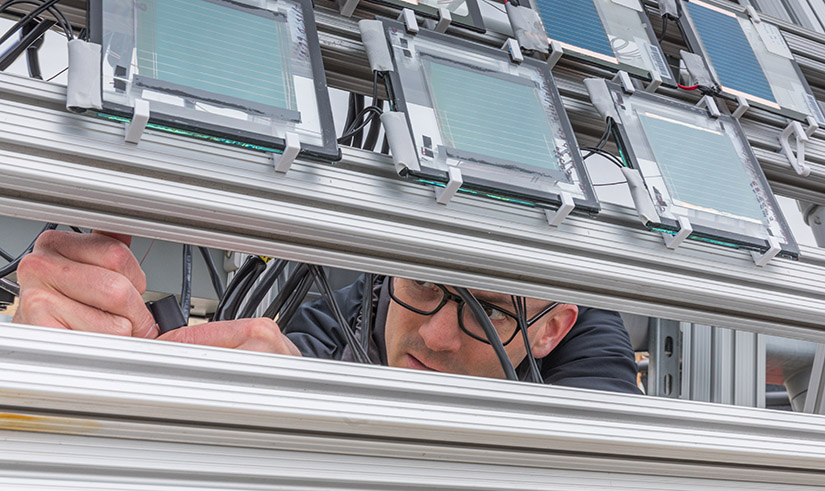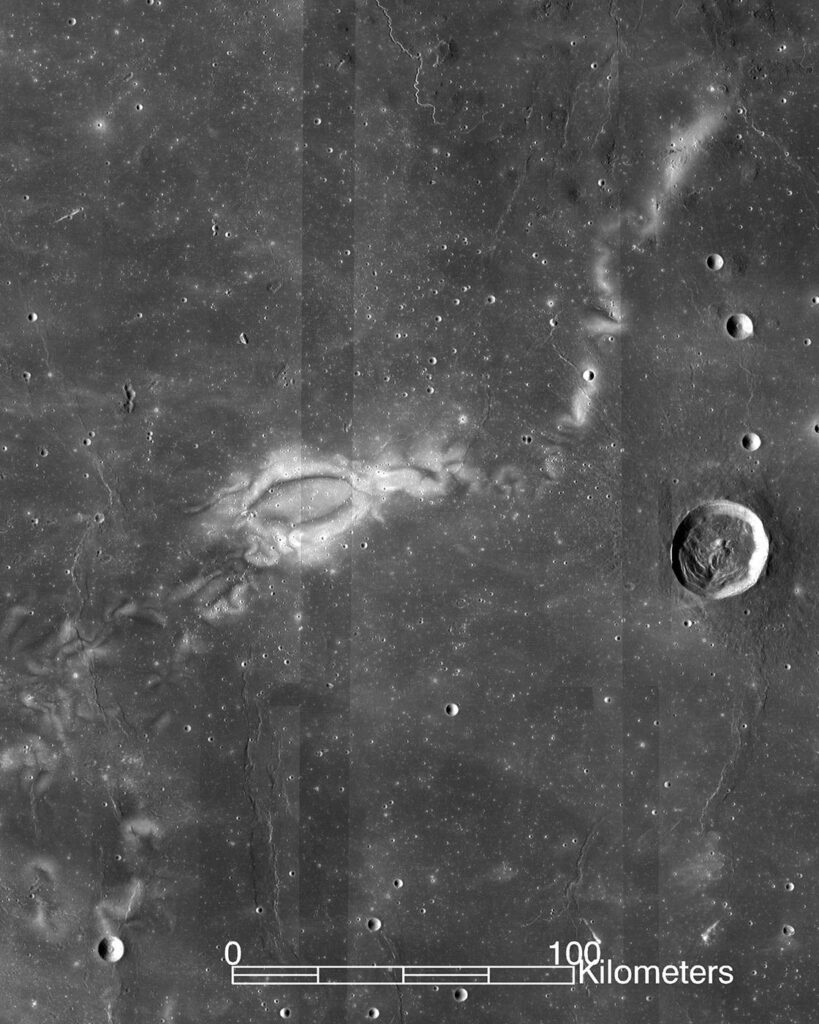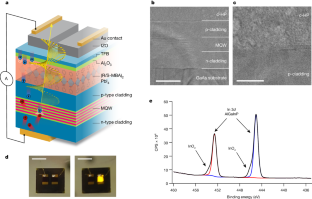2024-07-01 米国国立再生可能エネルギー研究所(NREL)

Silverman installs a PACT minimodule at the Outdoor Test Facility at NREL. Photo by Werner Slocum, NREL
<関連情報>
- https://www.nrel.gov/news/program/2024/escaping-the-lab-into-the-sunlight-research-examines-durability-of-outdoor-perovskite-solar-cells.html
- https://www.science.org/doi/10.1126/science.adi4531
強い結合力を持つ正孔輸送層がペロブスカイト太陽電池の紫外線劣化を軽減 Strong-bonding hole-transport layers reduce ultraviolet degradation of perovskite solar cells
CHENGBIN FEI, ANASTASIA KUVAYSKAYA, XIAOQIANG SHI, MENGRU WANG, […], AND JINSONG HUANG
Science Published:6 Jun 2024
DOI:https://doi.org/10.1126/science.adi4531
Editor’s summary
Perovskite solar cells are often tested indoors under conditions that do not represent outdoor use. Fei et al. found that faster degradation of the cells in outdoor testing stems from higher ultraviolet levels that cause debonding at the indium-tin oxide and hybrid hole-transporter layer interfaces. The authors designed a hole-transfer material with a phosphonic acid group bonding to indium-tin oxide and a nitrogen atom in the aromatic carbazole group bonded with lead in the perovskite. A champion perovskite minimodule retained a power conversion efficiency of more than 16% after 29 weeks of outdoor testing. —Phil Szuromi
Abstract
The light-emitting diodes (LEDs) used in indoor testing of perovskite solar cells do not expose them to the levels of ultraviolet (UV) radiation that they would receive in actual outdoor use. We report degradation mechanisms of p-i-n–structured perovskite solar cells under unfiltered sunlight and with LEDs. Weak chemical bonding between perovskites and polymer hole-transporting materials (HTMs) and transparent conducting oxides (TCOs) dominate the accelerated A-site cation migration, rather than direct degradation of HTMs. An aromatic phosphonic acid, [2-(9-ethyl-9H-carbazol-3-yl)ethyl]phosphonic acid (EtCz3EPA), enhanced bonding at the perovskite/HTM/TCO region with a phosphonic acid group bonded to TCOs and a nitrogen group interacting with lead in perovskites. A hybrid HTM of EtCz3EPA with strong hole-extraction polymers retained high efficiency and improved the UV stability of perovskite devices, and a champion perovskite minimodule—independently measured by the Perovskite PV Accelerator for Commercializing Technologies (PACT) center—retained operational efficiency of >16% after 29 weeks of outdoor testing.



